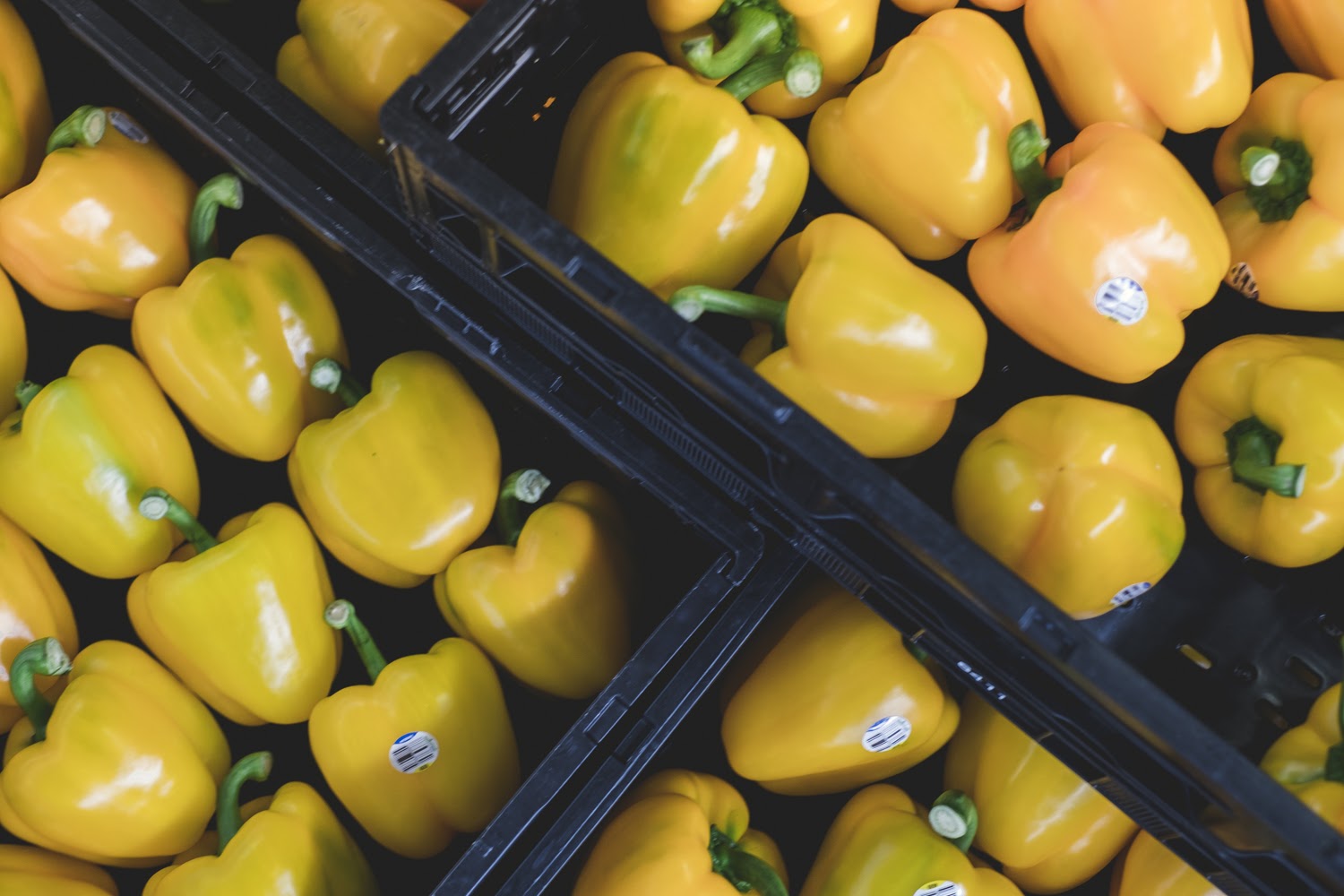

Articles
How To Store Yellow Peppers
Modified: August 16, 2024
Learn the best methods for storing yellow peppers with our comprehensive articles. Discover tips and tricks to keep these vibrant vegetables fresh and flavorful.
(Many of the links in this article redirect to a specific reviewed product. Your purchase of these products through affiliate links helps to generate commission for Storables.com, at no extra cost. Learn more)
Introduction
Yellow peppers are not only visually appealing with their vibrant color, but they also bring a delightful sweetness and crispness to any recipe. Whether you’ve picked them from your garden, received a generous harvest from a friend, or found some fresh and beautiful yellow peppers at the market, knowing how to store them properly will ensure that they stay fresh and delicious for as long as possible.
In this article, we will guide you through the steps of storing yellow peppers to help prolong their shelf life and preserve their flavor. From choosing the freshest peppers to various methods of storage, we’ve got you covered. Whether you want to store whole yellow peppers or have already cut them and need to keep them fresh, we’ll provide tips and techniques to suit your needs.
Additionally, we’ll explore different ways to preserve yellow peppers, including freezing, preserving in oil, and pickling. These methods are not only convenient for extending the lifespan of your yellow peppers, but they also allow you to enjoy their deliciousness all year round.
So, let’s dive in and learn how to properly store and preserve yellow peppers, ensuring that you can enjoy their vibrant flavor and versatility even when they are out of season!
Key Takeaways:
- Keep yellow peppers fresh by choosing firm, vibrant ones with smooth skin and a mild aroma. Opt for organic peppers for pesticide-free quality, ensuring peak freshness for your culinary creations.
- Store whole yellow peppers in the fridge or a cool, dry pantry. Use the paper towel method to absorb moisture and extend shelf life. For cut peppers, refrigerate in airtight containers or freeze for long-term use. Explore flavorful preservation options like oil or pickling for a gourmet touch.
Read more: How To Store Pepper Spray
Choosing Fresh Yellow Peppers
When it comes to storing yellow peppers, selecting the freshest ones is the first step towards ensuring their longevity. Here are some tips to help you choose the best yellow peppers:
- Look for firmness: The yellow pepper should feel firm and not soft or wrinkled. Avoid peppers with any blemishes or spots.
- Check the color: Choose yellow peppers that have a bright, vibrant color. Avoid peppers that appear dull or have a green tinge.
- Examine the skin: The skin of a fresh yellow pepper should be smooth and shiny. Avoid peppers with damaged or wrinkled skin.
- Inspect the stem: The stem of a fresh yellow pepper should be green and intact. Avoid peppers with a dry or brown stem.
- Smell the pepper: A fresh yellow pepper will have a mild, sweet aroma. Avoid peppers with a strong or unpleasant smell.
It’s also worth noting that organic yellow peppers, if available, are a great choice. They are grown without the use of synthetic pesticides, which can impact both your health and the environment.
Remember, selecting the freshest yellow peppers is essential for their long-term storage. By following these tips, you’ll ensure that the peppers you choose are at their peak quality.
Storing Whole Yellow Peppers
If you want to store whole yellow peppers, there are a few methods you can use to keep them fresh and crisp:
- Refrigerator storage: Place the whole yellow peppers in a plastic bag and store them in the refrigerator. Avoid washing the peppers before storing them, as excess moisture can lead to spoilage. The peppers can last for up to a week in the refrigerator using this method.
- Pantry storage: If you want to store the yellow peppers outside the refrigerator, find a cool and dry place in your pantry or kitchen. Keep them away from direct sunlight, as exposure to heat can cause them to ripen and spoil more quickly. However, it’s important to note that storing them in the pantry will have a shorter shelf life compared to refrigeration.
- Paper towel method: To extend the shelf life, wrap each yellow pepper individually in a paper towel before placing them in a plastic bag or container. The paper towel helps absorb excess moisture, which can lead to spoilage. This method is especially useful if you notice any condensation in the bag or container.
No matter which method you choose, it’s important to regularly inspect your stored yellow peppers for any signs of spoilage. Discard any peppers that have become soft, moldy, or have a strong odor.
When you’re ready to use the stored yellow peppers, simply give them a thorough rinse under cold water to remove any dust or debris. You can then slice, dice, or stuff them for your desired recipe!
Storing Cut Yellow Peppers
If you’ve already cut your yellow peppers and want to store them for later use, it’s important to take some extra steps to keep them fresh. Here are a few methods for storing cut yellow peppers:
- Refrigerator storage: Place the cut yellow peppers in an airtight container or resealable plastic bag and store them in the refrigerator. It’s best to store them in a single layer to prevent them from getting crushed. The peppers will stay fresh for about 3-5 days using this method.
- Vegetable storage containers: Another great option is to use vegetable storage containers, which are designed to maintain the optimal humidity level for preserving the freshness of cut vegetables. These containers typically come with adjustable vents that allow you to control the airflow and moisture. Simply place the cut yellow peppers in the container and store in the refrigerator.
- Freezer storage: If you want to store cut yellow peppers for an extended period, freezing is the way to go. Blanch the cut peppers by boiling them for a few minutes and then plunging them into ice water to stop the cooking process. Pat them dry and place them in freezer-safe bags or containers. Label and date them before storing in the freezer. Frozen yellow peppers can last for several months.
Regardless of the method you choose, it’s important to minimize the exposure of cut yellow peppers to air, moisture, and temperature fluctuations. Regularly check for any signs of spoilage, such as discoloration or a slimy texture, and discard any peppers that show these signs.
When you’re ready to use the stored cut yellow peppers, allow them to thaw in the refrigerator or use them directly in cooked dishes where they will be heated. Avoid refreezing thawed peppers, as this can affect their texture and quality.
By following these storing methods, you can enjoy the convenience of having readily available cut yellow peppers while ensuring their freshness and flavor.
To store yellow peppers, place them in a paper bag in the crisper drawer of the refrigerator. This will help to maintain their freshness and prevent them from spoiling too quickly.
Freezing Yellow Peppers
Freezing yellow peppers is a great way to preserve their freshness and extend their shelf life. Here’s a step-by-step guide on how to freeze yellow peppers:
- Wash and dry: Start by washing the yellow peppers thoroughly under cold water. Remove any dirt or debris. Pat them dry with a clean towel or paper towel.
- Cut and remove the core: Slice off the top of the pepper and cut it in half lengthwise. Remove the seeds and the pith (white membrane) from the inside. You can also remove the stem, if desired. Cut the peppers into your desired shapes and sizes, such as strips or diced pieces.
- Blanching: Blanching is a crucial step that helps preserve the color, texture, and flavor of the peppers. Bring a large pot of water to a boil and prepare an ice water bath. Place the cut yellow peppers into the boiling water and blanch them for 2-3 minutes. Transfer the peppers immediately into the ice water bath to cool them down quickly and stop the cooking process.
- Drain and dry: Once the peppers have cooled, remove them from the ice water bath and let them drain in a colander. Pat them dry with a clean towel or paper towel.
- Packaging: Divide the blanched and dried yellow peppers into portion-sized quantities. Place them in freezer-safe bags or airtight containers. Squeeze out any excess air from the bags before sealing them. It’s a good idea to label the bags or containers with the date of freezing.
- Freezing: Place the bags or containers in the freezer and make sure they are arranged in a single layer. Once they are frozen solid, you can stack or store them in any convenient spot in your freezer.
Frozen yellow peppers can maintain their quality for up to 10-12 months in the freezer. However, for the best flavor and texture, it’s recommended to use them within 6-8 months.
When you’re ready to use the frozen yellow peppers, you can add them directly to your recipes without thawing. This makes them convenient for stir-fries, soups, stews, and other cooked dishes. Avoid refreezing thawed yellow peppers, as this can affect their texture.
By freezing your yellow peppers, you can ensure that you always have these vibrant and versatile vegetables on hand to enhance your culinary creations throughout the year!
Read more: How To Store Anaheim Peppers
Preserving Yellow Peppers in Oil
If you’re looking for a delicious and flavorful way to preserve your yellow peppers, preserving them in oil is an excellent option. Here’s how you can do it:
- Prepare the yellow peppers: Start by washing the yellow peppers and patting them dry. Remove the stem, seeds, and pith. Slice the peppers into strips or dice them into small pieces, based on your preference.
- Blanch the peppers: Blanching the peppers will help maintain their vibrant color and crispness. Bring a pot of water to a boil and blanch the peppers for 2-3 minutes. Transfer them to an ice water bath to cool them down and stop the cooking process. Drain the peppers thoroughly.
- Pack the peppers in jars: Sterilize glass jars by running them through a hot dishwasher cycle or boiling them in water for a few minutes. Once the jars have cooled, begin layering the blanched yellow peppers in the jars, leaving some headspace at the top.
- Add seasonings: Enhance the flavor of the preserved yellow peppers by adding your choice of seasonings. Common options include garlic cloves, dried herbs like oregano or thyme, red pepper flakes for a bit of heat, or even a few black peppercorns.
- Fill with oil: Fill the jars with a high-quality oil, such as olive oil or avocado oil, ensuring that the peppers are completely submerged. The oil helps to preserve the peppers and adds a rich flavor to them. Use a clean utensil to remove any air bubbles and top up the jars with additional oil if needed.
- Seal and store: Wipe the rims of the jars clean and tightly seal them with sterilized lids. Store the jars in a cool, dark place like a pantry or cellar. The preserved yellow peppers can be consumed after a week, allowing the flavors to develop, and they can last for several months.
Remember to use clean utensils and surfaces throughout the process to avoid any contamination that could lead to spoilage. Once opened, store the jars in the refrigerator and consume the preserved yellow peppers within a few weeks.
Preserving yellow peppers in oil not only gives you a tasty way to enjoy their flavor throughout the year but also adds a touch of sophistication to your dishes. These preserved peppers can be used as a pizza topping, added to salads, sandwiches, or served alongside cheese and charcuterie boards.
Experiment with different seasonings and oil combinations to create your own unique preserved yellow pepper creations that will elevate your culinary creations!
Pickling Yellow Peppers
Pickling yellow peppers is a fantastic way to preserve their tangy flavor and add a delightful kick to your meals. Here’s a simple guide on how to pickle yellow peppers:
- Prepare the yellow peppers: Start by washing the yellow peppers thoroughly and removing the stem, seeds, and pith. Slice the peppers into rings or leave them whole, depending on your preference.
- Create the pickling liquid: In a saucepan, combine equal parts of water and vinegar. You can use white vinegar, apple cider vinegar, or a mixture of both. Add a pinch of salt and sugar to balance the flavors. For an additional layer of complexity, you can also infuse the pickling liquid with spices such as whole peppercorns, mustard seeds, or garlic cloves.
- Heat the pickling liquid: Place the saucepan over medium heat and bring the pickling liquid to a boil. Stir until the salt and sugar dissolve completely.
- Pack the peppers in jars: Sterilize glass jars by running them through a hot dishwasher cycle or boiling them in water for a few minutes. Once the jars have cooled, pack the yellow pepper slices or whole peppers tightly into the jars, leaving some headspace at the top.
- Pour the pickling liquid: Carefully pour the hot pickling liquid into the jars, ensuring that the peppers are completely submerged. Use a clean utensil to remove any air bubbles and top up the jars with additional liquid if needed.
- Seal and cool: Wipe the rims of the jars clean and tightly seal them with sterilized lids. Allow the jars to cool to room temperature before transferring them to the refrigerator.
- Let them pickle: The yellow peppers will develop their tangy flavor over time. Ideally, let them pickle in the refrigerator for at least a week before consuming. They can be stored in the refrigerator for up to several months.
Pickled yellow peppers make a fantastic addition to sandwiches, burgers, tacos, salads, and charcuterie boards. The tanginess of the pickled peppers adds a burst of flavor to any dish and can even be enjoyed on their own as a zesty snack.
Feel free to experiment with different variations by adding herbs like dill or thyme, or adjusting the level of spiciness by including chili peppers or red pepper flakes. With pickled yellow peppers on hand, you’ll always have a tangy and vibrant condiment to enhance your favorite meals!
Conclusion
Properly storing yellow peppers is essential to maintain their freshness, flavor, and crispness for as long as possible. Whether you have whole yellow peppers or you’ve already cut them, there are various methods you can use to store and preserve them.
When choosing fresh yellow peppers, look for firmness, bright color, smooth skin, intact stems, and a mild aroma. Organic yellow peppers, if available, are a great choice for their pesticide-free cultivation.
If you have whole yellow peppers, you can store them in the refrigerator or in a cool and dry pantry. Using the paper towel method helps absorb excess moisture and prolong their shelf life.
On the other hand, if you’ve cut your yellow peppers, storing them in the refrigerator in airtight containers or vegetable storage containers will keep them fresh for a few days. Freezing is also a great option for long-term storage, allowing you to enjoy yellow peppers throughout the year.
If you want to preserve yellow peppers in a flavorful way, you can consider preserving them in oil or pickling them. Preserving yellow peppers in oil adds a rich and delicious flavor to your dishes, while pickling them gives them a tangy kick that can elevate various meals and snacks.
By following the proper storage and preservation techniques outlined in this article, you can make the most of your yellow peppers. Whether you enjoy them fresh, frozen, preserved in oil, or pickled, these vibrant and versatile peppers will bring a burst of color and flavor to your culinary creations.
So, the next time you have an abundance of yellow peppers, take the time to store and preserve them using these methods. Not only will you reduce food waste, but you’ll also have a stock of delicious yellow peppers at your fingertips whenever you need them!
Frequently Asked Questions about How To Store Yellow Peppers
Was this page helpful?
At Storables.com, we guarantee accurate and reliable information. Our content, validated by Expert Board Contributors, is crafted following stringent Editorial Policies. We're committed to providing you with well-researched, expert-backed insights for all your informational needs.
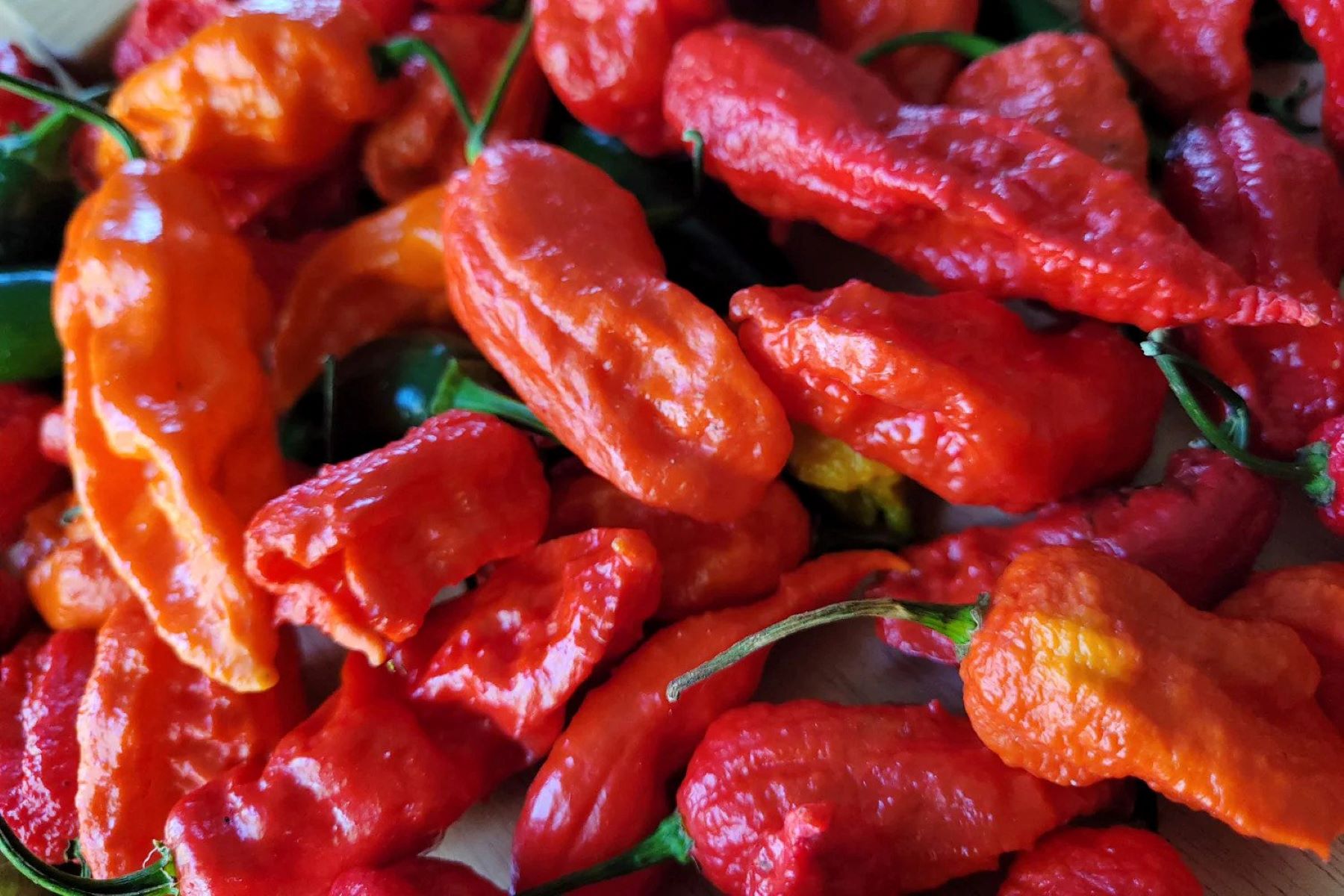
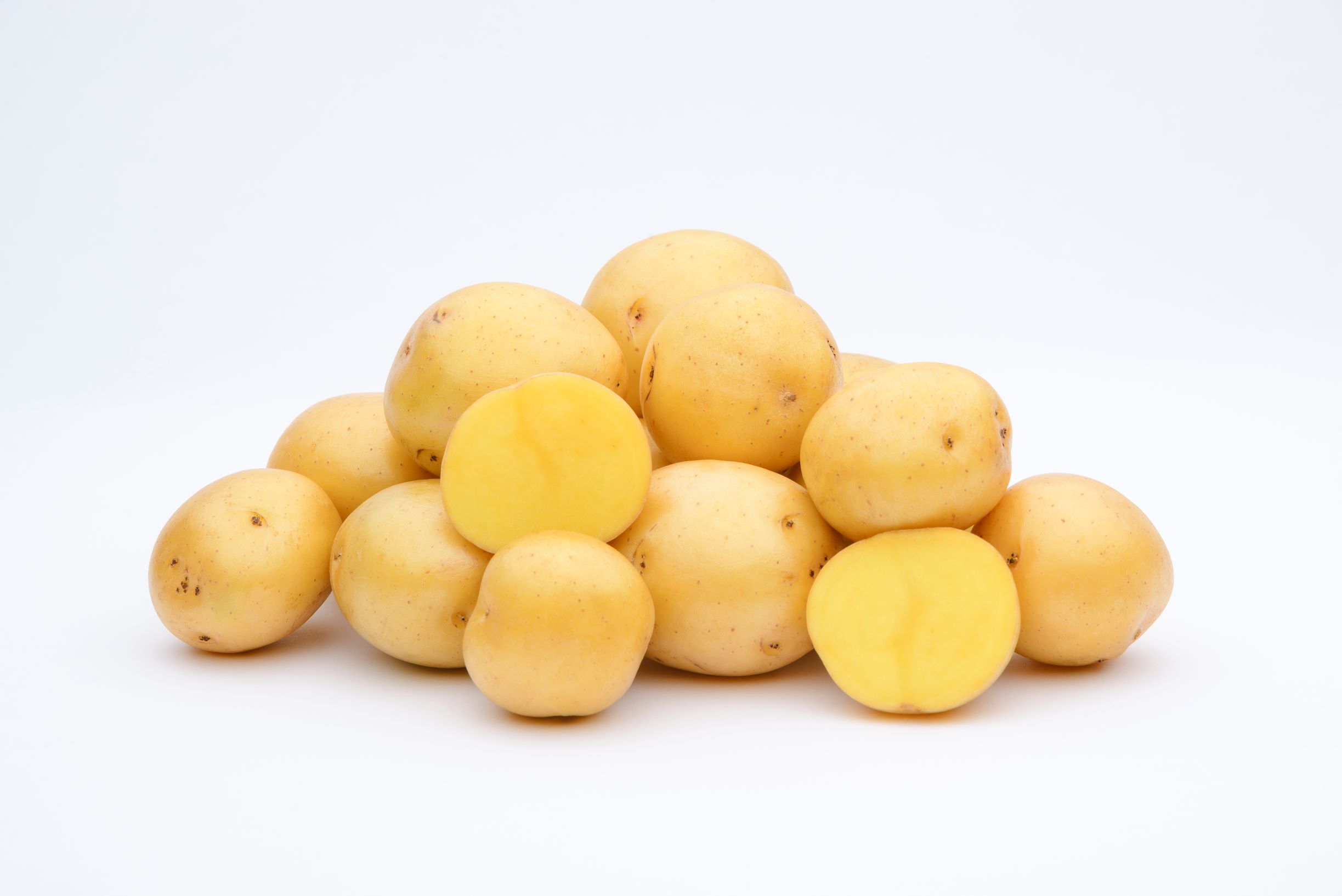
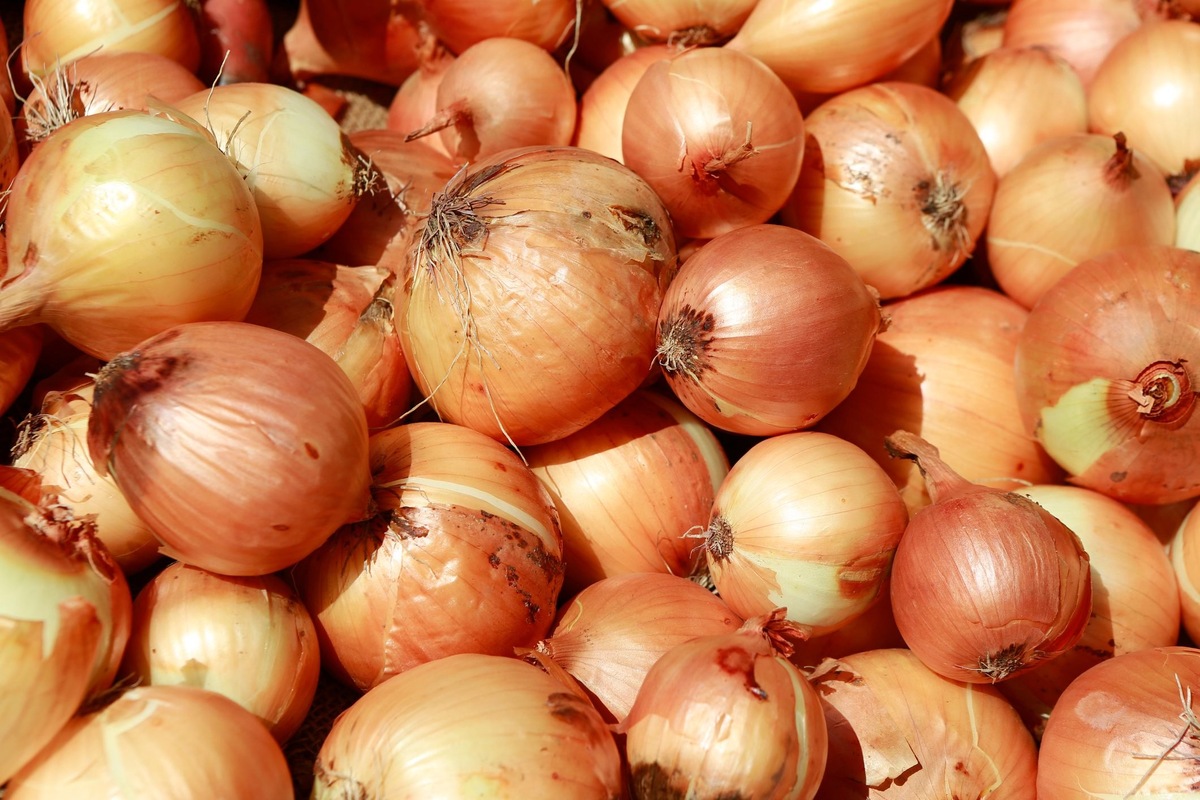

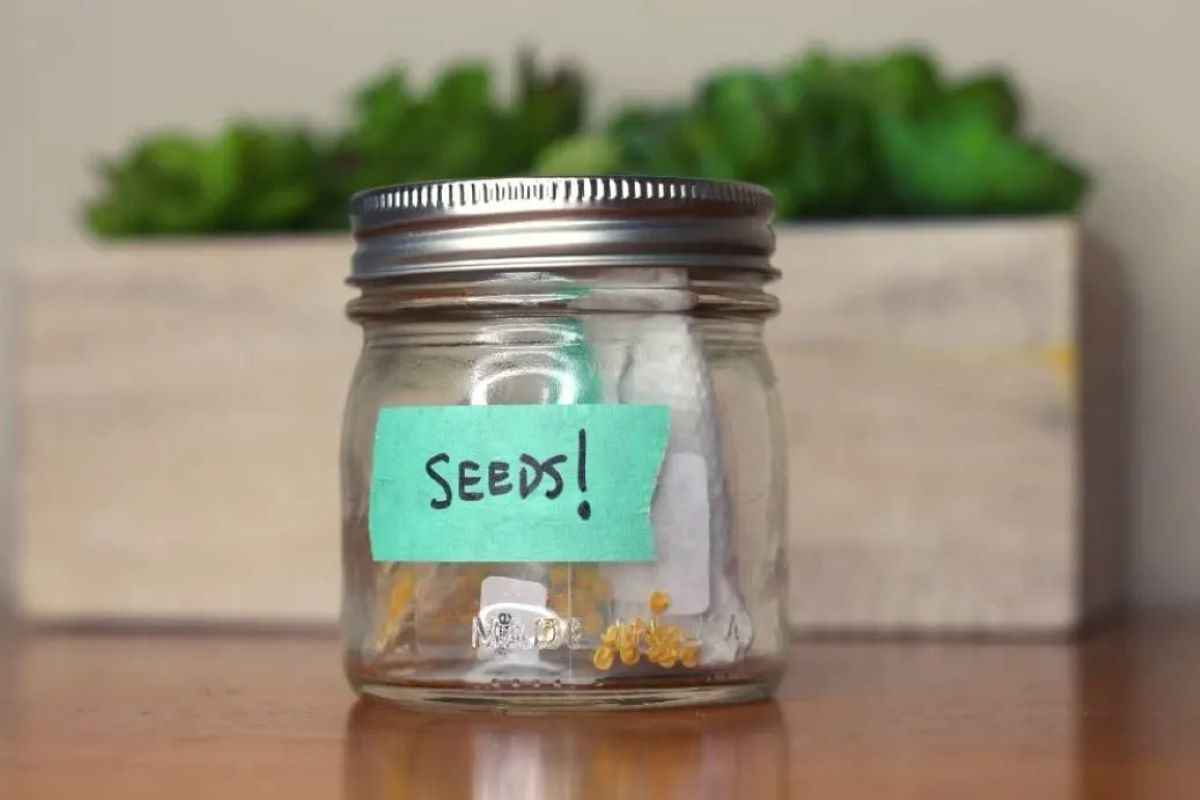
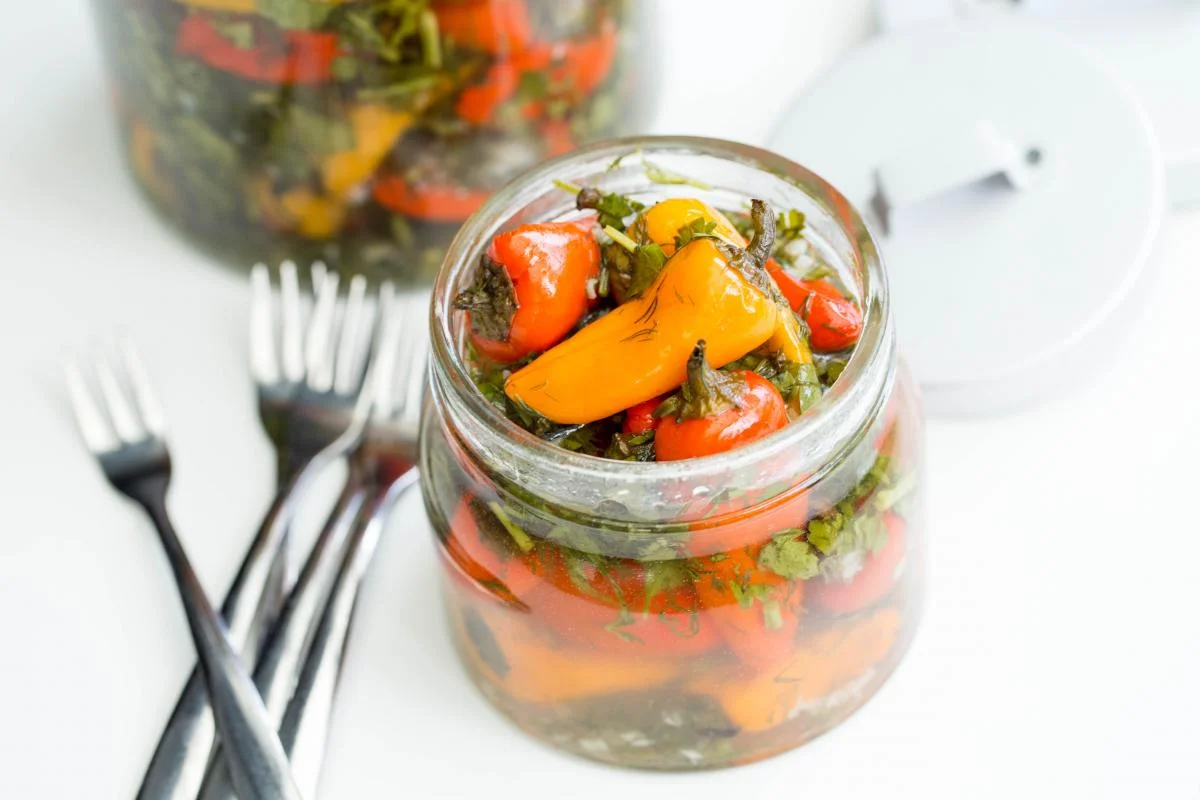
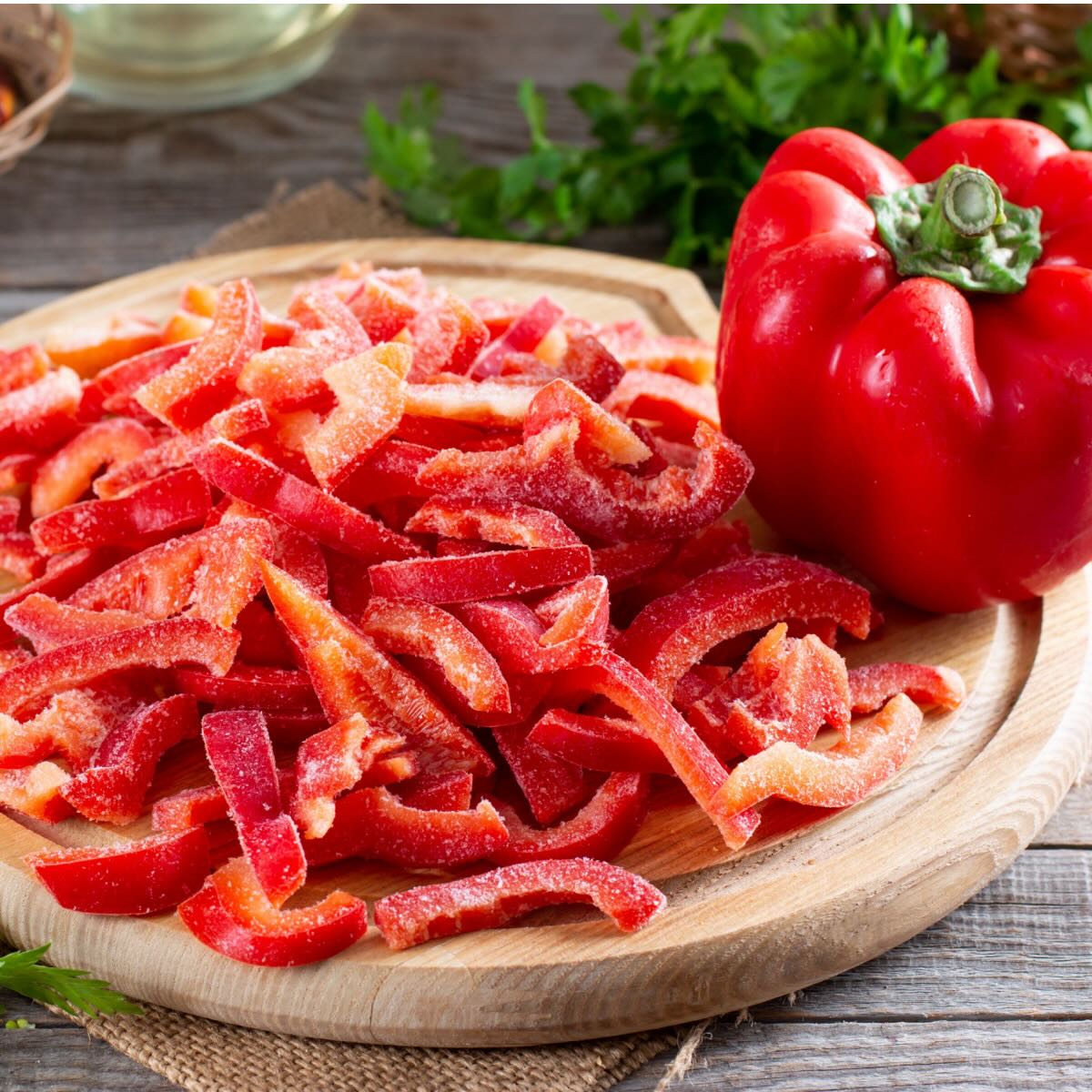
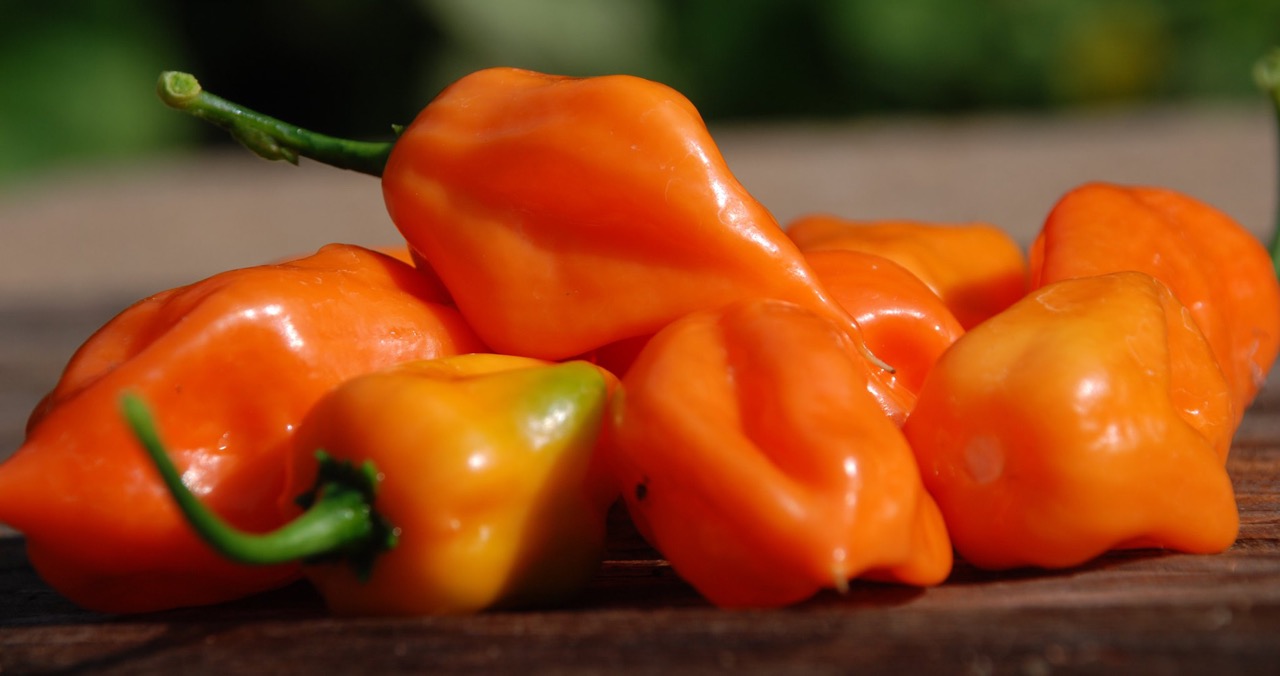
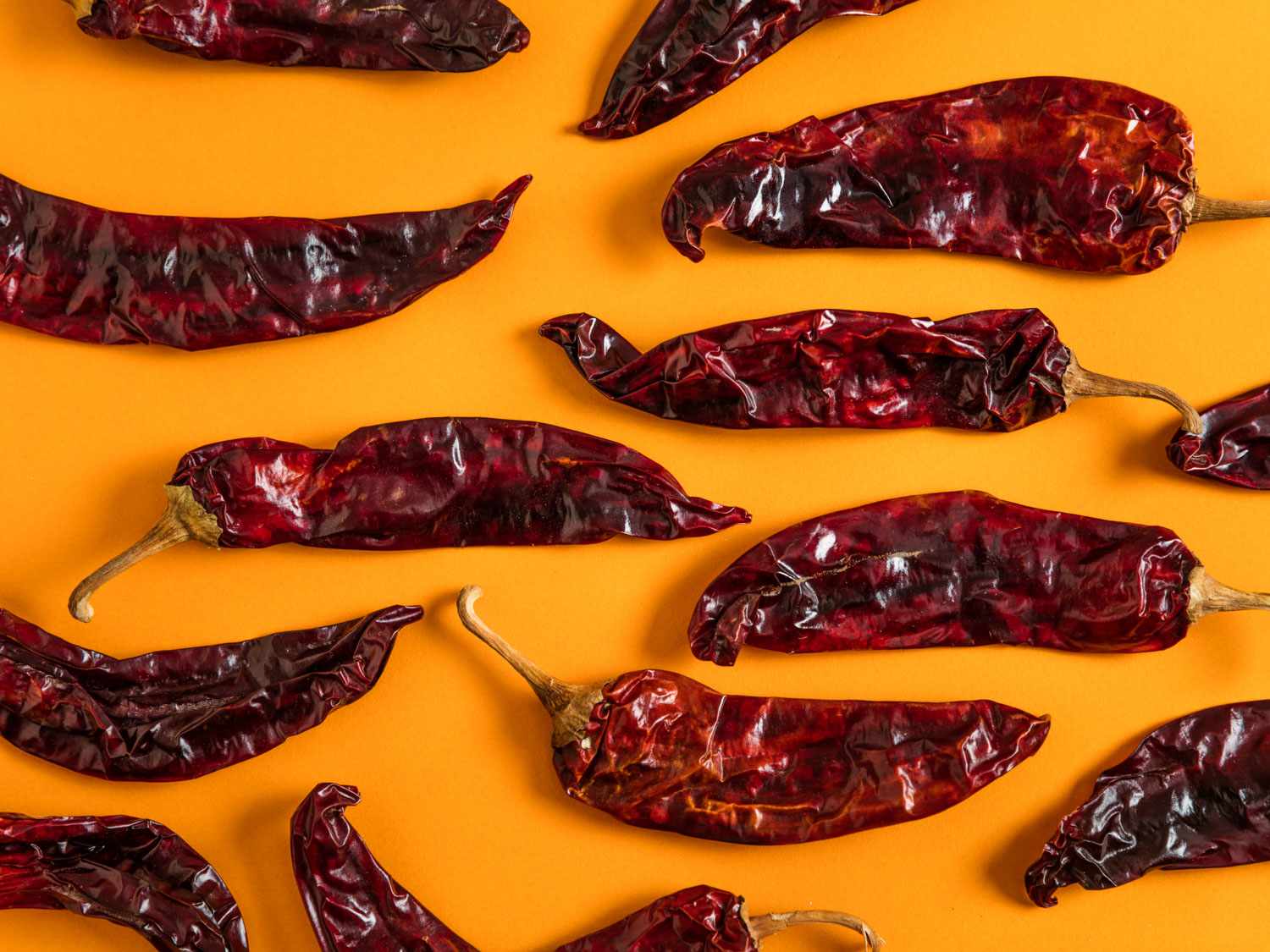
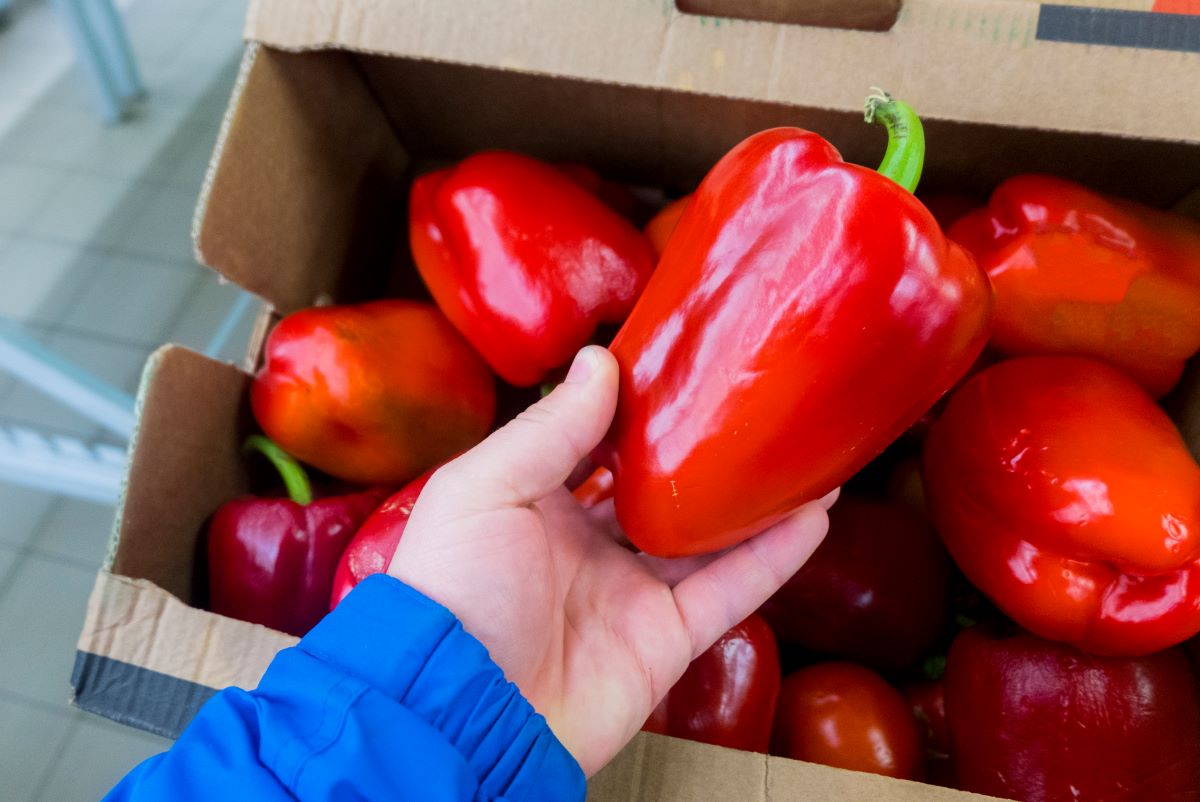
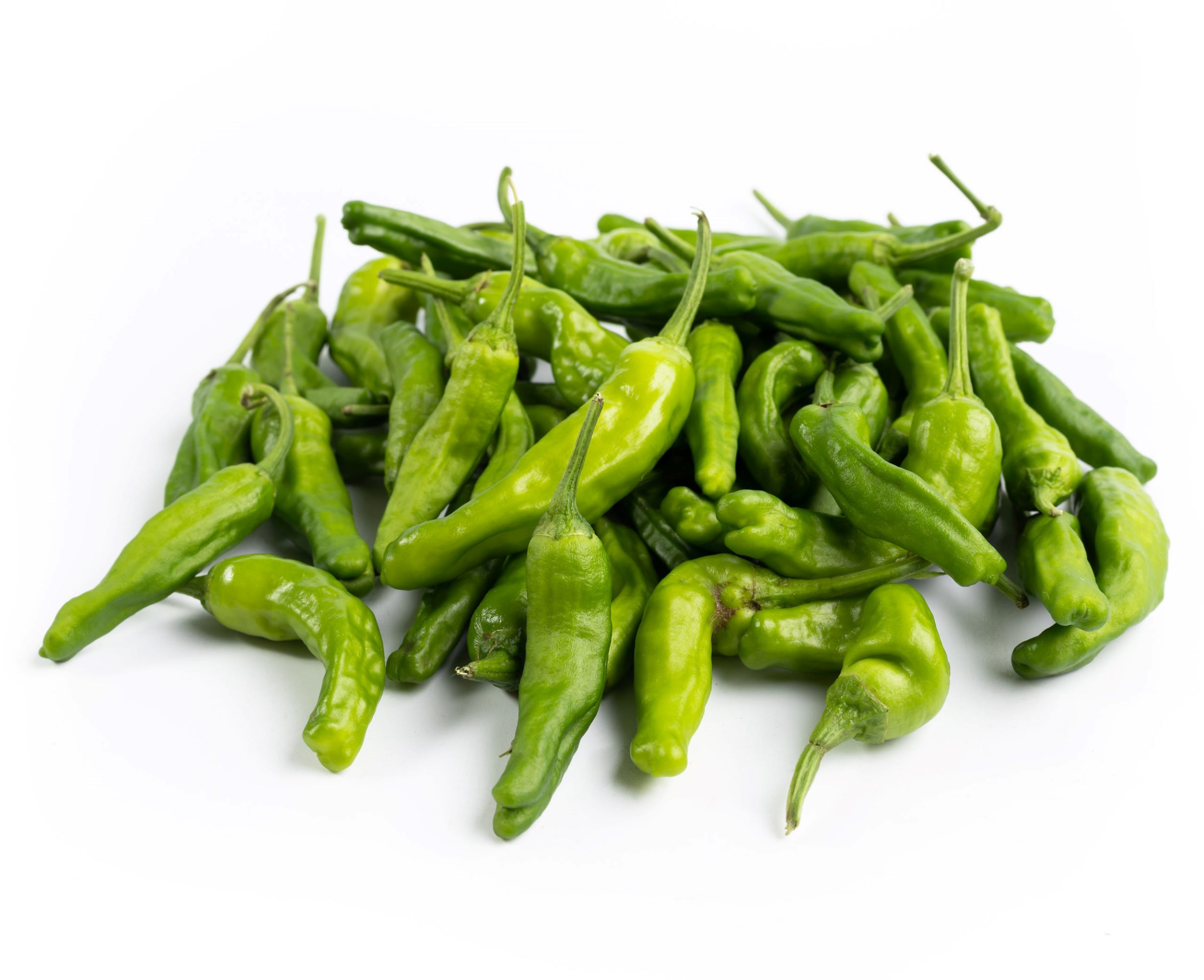
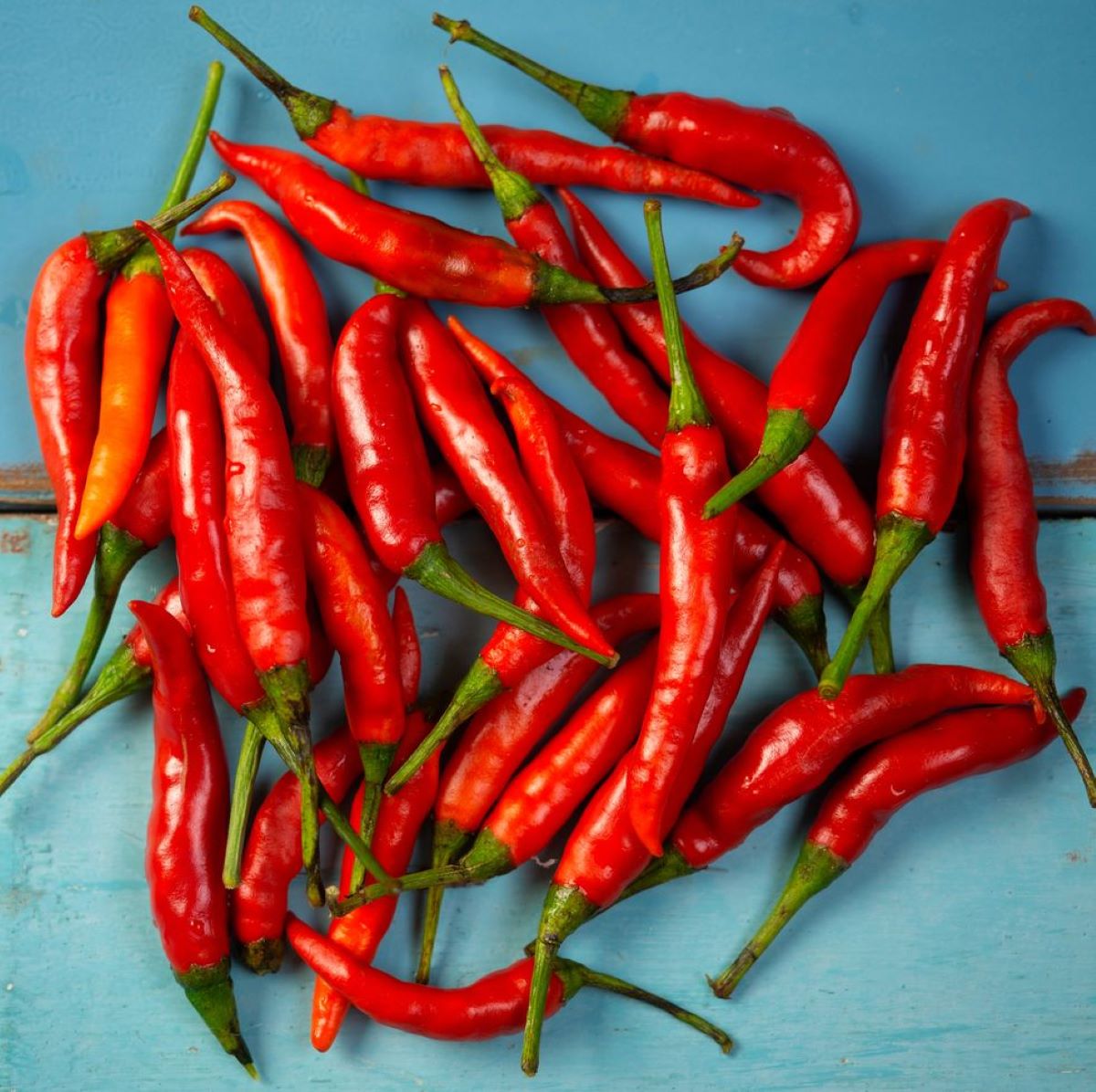
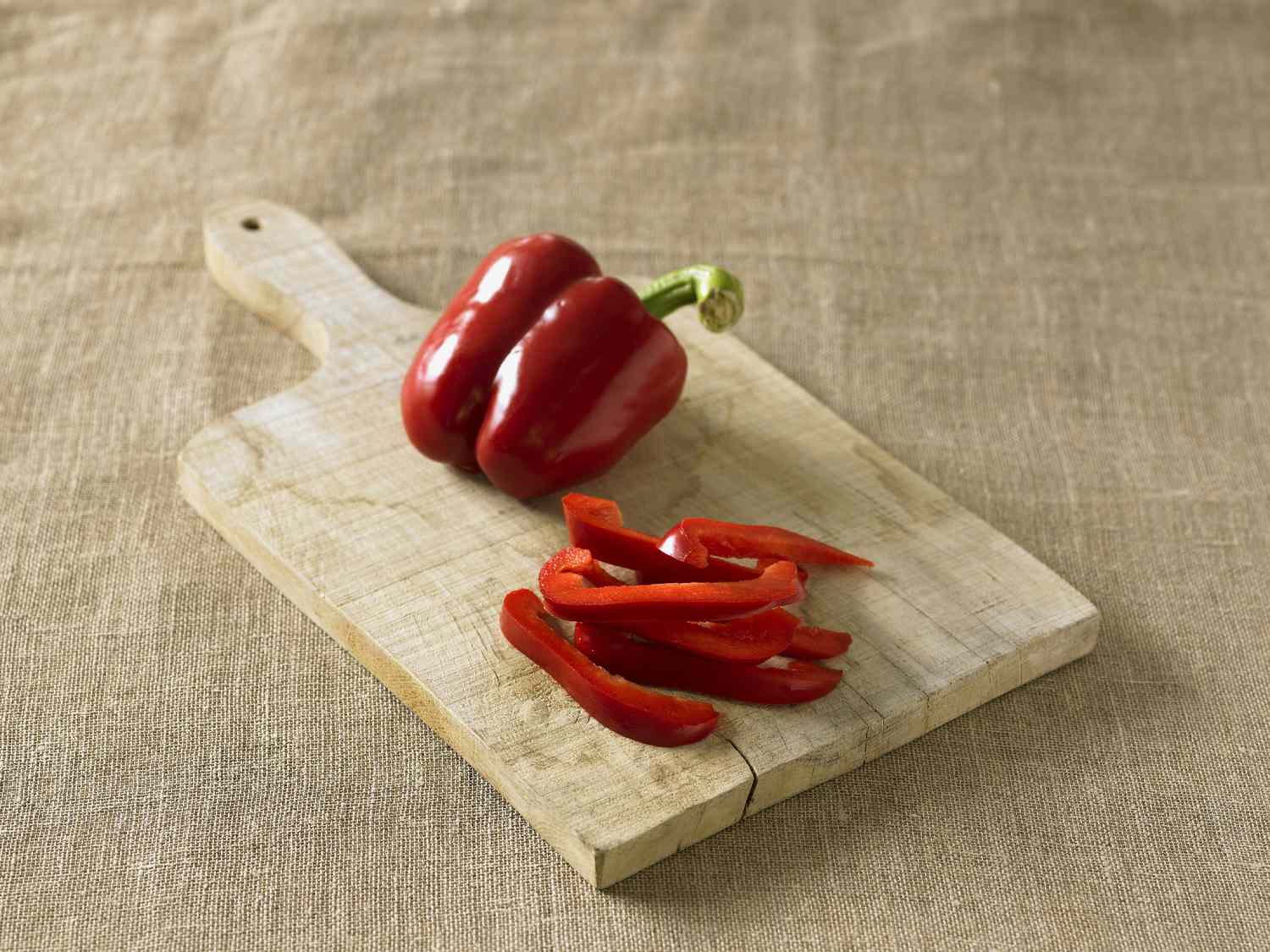
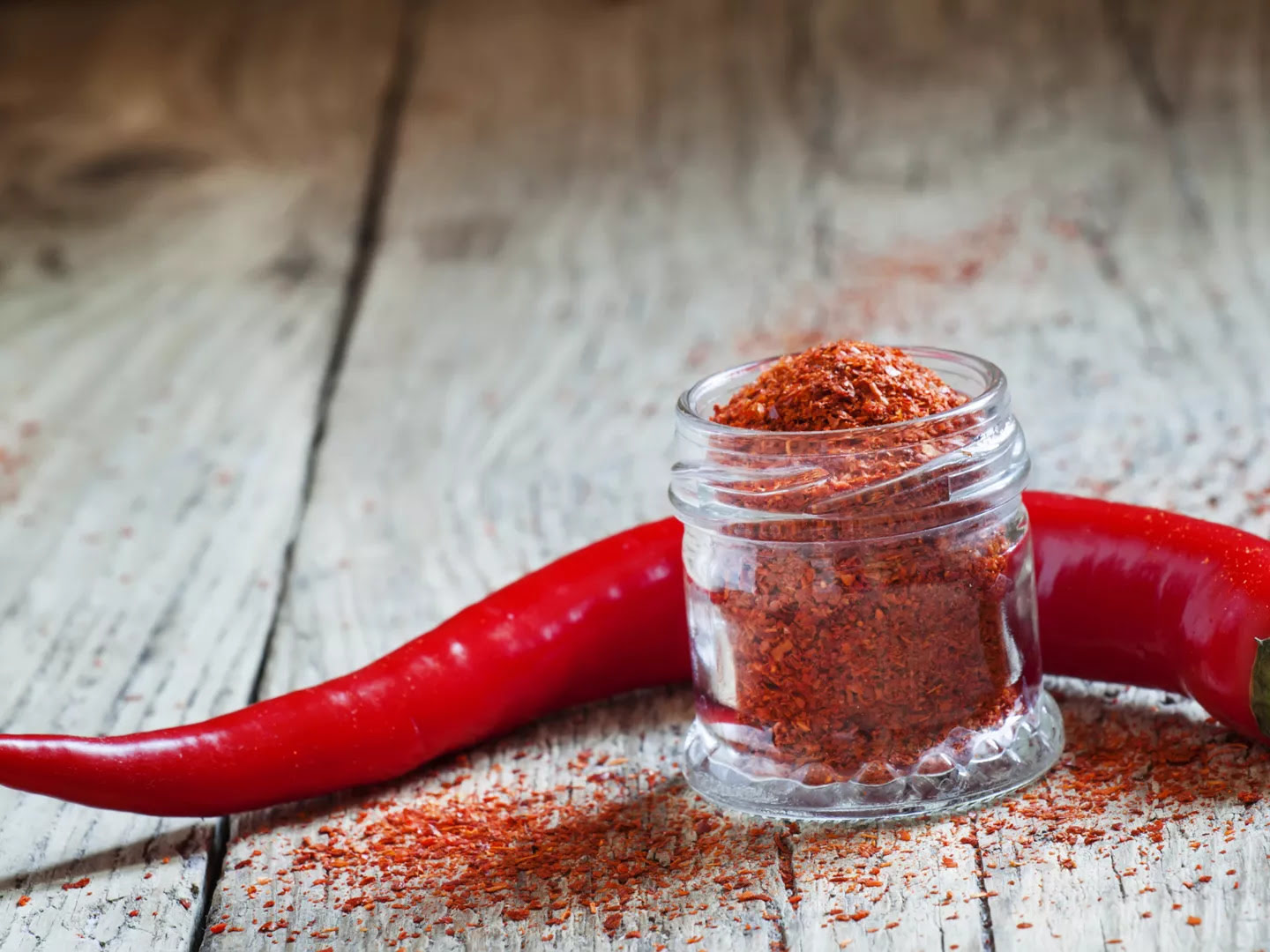

0 thoughts on “How To Store Yellow Peppers”